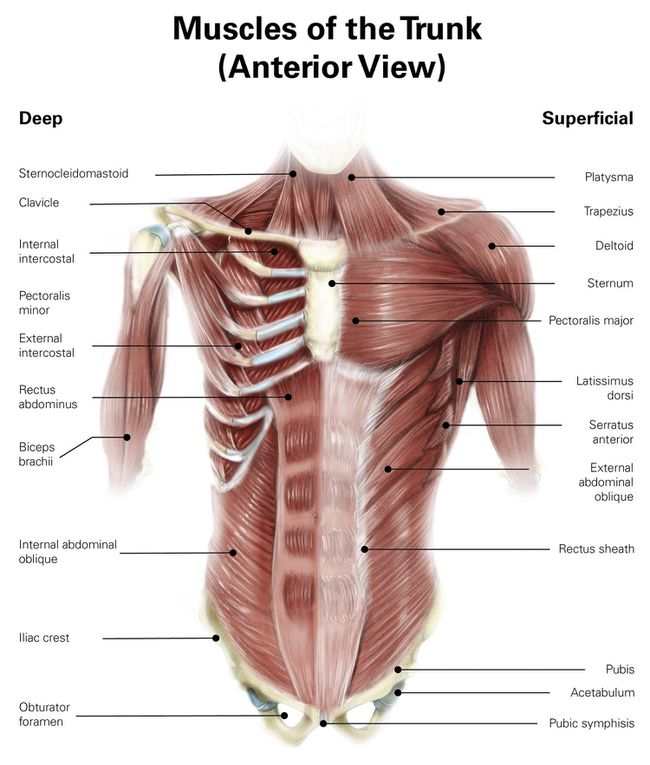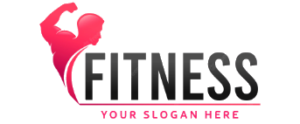Your abs muscles—and how strong and defined they are—is about so much more than the muscle cells you work during each and every plank and sit-up.
The real shape of your midsection boils down to a formula that includes factors like body type, fat composition, and possibly even the shape of the pelvic bone, where your ab muscles attach, says Carrie McCulloch, M.D., a musculoskeletal anatomy expert and the medical director for Kinected Pilates studio in New York City. Theoretically, a wider pelvis can translate into a broad lower abdomen and hips, compared with what's north of the belly button. ″These are all variations on normal, and genetics can play a big role,″ she says.
But your abs aren't just one muscle—and they're more than just the bumps that comprise a ″six-pack." Here, get to know all your abs muscles and how to work them in the most effective ways.
Meet Your Abs Muscles
First, a little anatomy lesson. Along with muscles in the lower back, these key abdominals make up your core.

What Determines the Visibility of Your Abs Muscles?
Think of your abs muscles as the meat in the middle of a fat sandwich. On top of them is subcutaneous fat, the stuff you can potentially see from the outside, depending on your body composition. Below them is visceral fat, which is the type that takes up residence next to your internal organs—in excessive amounts if you continually overdo it on calories and experience too much pent-up stress.
“When you fill up those subcutaneous areas, fat winds up getting stored where it shouldn’t: in your deep abdomen or your liver,” explains Arthur Weltman, Ph.D., exercise physiology professor at the University of Virginia in Charlottesville. Visceral fat has been linked to heart disease, type 2 diabetes, and metabolic syndrome, he notes.
Since it’s nearly impossible to tell by looking how much visceral fat your body is hiding inside, scientists have figured out a couple of DIY guidelines. To avoid increased risk of obesity-related diseases, women should have a waist measurement no bigger than 35 inches (measure it at the smallest point of your midsection), and some experts recommend a waist-to-hip ratio of around 0.8, meaning that your waistline should be no greater than 80 percent of your hip circumference. According to a Mayo Clinic study, the ratio of waist to hip is believed to be a measurement of visceral fat.
How to Reduce Visceral (Deep Belly) Fat
Limit trans fats. Step one to combat visceral fat is to toss the trans fats, which used to be found in prepackaged treats under the alias partially hydrogenated oils. These are being phased out and are mostly absent from supermarket shelves now, since scientists discovered how unhealthy they are for your organs, belly fat levels, and beyond. (The World Health Organization is trying to eliminate artificial trans fats worldwide by 2023.) Seek out more monounsaturated fats—for example, olive oil and those in walnuts and avocados—which help your body metabolize belly fat. And swig some reduced-fat milk, like 1 percent or skim, while you’re at it: Calcium increases the activity of enzymes that break down fat cells and reduces the stress hormone cortisol, which triggers your body to hoard belly fat. (Speaking of hormones, is your workout causing high cortisol levels?)
Get more cardio exercise. Of course, you’ve already heard that pointer often, but Weltman takes this idea one step further, noting that high-intensity aerobic exercise is even more effective at burning off visceral fat than the same amount of low-intensity exercise. (This 30-day cardio HIIT challenge is guaranteed to boost your heart rate.) In one study, he had overweight women walk or jog five times a week; one group worked out for a longer amount of time at a low intensity, while the other did shorter stints of high-intensity work. Even though each group burned the exact same number of calories in each workout, the high-intensity group lost more visceral fat. ″We speculate that there’s a relation between the intensity of the workout and the amount of growth hormone released, which is a powerful mobilizer of visceral fat,” Weltman says.
The good news, according to Weltman, is that high intensity—the level at which you feel the effort and can no longer hold a conversation—is different for each person. ″You may have to run to get to that level, while someone else may just have to jog or walk,″ he explains. ″It all depends on your level of fitness, but the great thing is, you can do it whether you’re a competitive athlete or just starting out.” (P.S. This is the simplest way to gauge the intensity of your workout at any point.)
How Your Core Muscles Work Together
When it comes to uncovering your abs, there are two ways: Either lose fat or build stronger abs muscles. ″Even if you don’t lose fat, you can improve your waistline by toning your muscles,” says Michele Olson, Ph.D., a professor of physical education and exercise science at Huntingdon College in Montgomery, Alabama.
Turns out, they're actually hard to fatigue because they work all day long to keep you upright. But you don't come home after a long day at the office with a sore core from sitting at your desk, so how busy could they really be?
“When you’re seated, your back muscles and spine help keep you upright and the abs are in a slack position, especially if you slouch,” explains Joseph Herrera, D.O., a doctor of osteopathic medicine and the director of sports medicine at Mount Sinai School of Medicine Department of Rehabilitation Medicine in New York City. “Although you would end up reclining without the opposing muscle forces they provide, intentionally contracting your abs is the only way to activate them as you sit.”
The external obliques are the V-shaped muscles running diagonally down your sides that, along with the internal obliques underneath them, help you rotate your spine when a John Legend look-alike walks by. The rectus abdominis, meanwhile, is the straight-down-the-center muscle which, yes, can make you appear to have a six-pack. The one remaining ab muscle is the transversus abdominis. The deepest-down of all, it does a complete wraparound of your midsection and pulls it in like a corset.
How to Build Stronger Abs Muscles
So how do you wake up those deep abs muscles? In a standard chair, your core muscles need not pull their own weight. But sit on a pumped-up stability ball (with no backrest) and the rectus abdominis activates to support your spine. ″The stability ball requires your torso to balance on an unsteady surface. It forces your abs to fire," says Dr. Herrera. You can also activate the rectus abdominis and obliques by simply pulling in your belly button.
For bonus core-carving that will help you score even more defined ab muscles, you have to do the type of ab muscle work that Olson was referring to. She used a fancy electromyography (EMG) machine to test the effectiveness of pretty much every core exercise under the sun to create the mother of all ab workouts.
Moves like the single-leg stretch and the eight others in this abs workout represent a shift that ab exercises have taken in the past decade or so; previously, there was a tendency to isolate the ab muscles to give each one an individual workout (crunches for your rectus abdominis, bicycles for the obliques, etc.) but as Olson points out, that’s not the way it works in real life.
″When you’re reaching up to get something, picking up a baby or bending down, you need all the muscles to work together,″ she says. ″Instead of targeting each one, you should aim for functional fitness, where the muscles work as a unit.” (Ahem…Why All Those Ab Exercises You’re Doing Might Not ~Really~ Work)






































